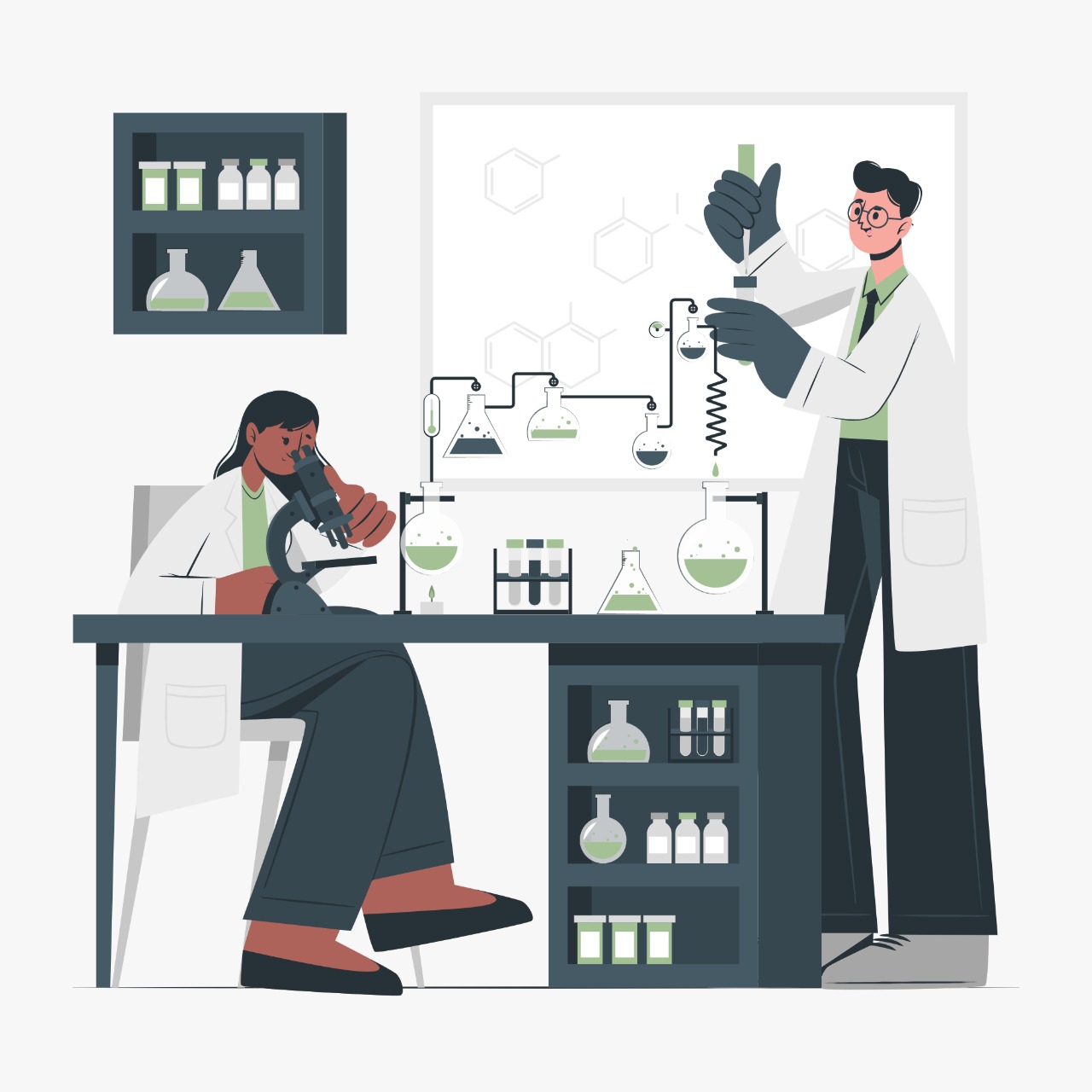What is Hemostasis
Key Highlights
- Hemostasis is a process that starts when a blood vessel is damaged. Three processes are involved in blood clotting. Vascular spasm restricts blood flow first.
- A platelet plug then develops to momentarily close any tiny vessel holes. Once the blood leak has stopped, coagulation allows the vessel wall to be repaired.
- Perhaps an intrinsic pathway as well as an extrinsic pathway, each of which contribute to a similar pathway, is involved in the formation of fibrin within blood clots.
Hemorrhage is the bleeding from a broken blood vessel. The process that causes a blood vessel to stop bleeding is hemostasis. It is a procedure with numerous interconnecting steps. Eventually a “plug” forms at the end of this chain of events, sealing off the bleeding-controlling blood vessel’s injured area.
What is Hemostasis
Hemostasis is a process that starts when a there is a damage blood vessel. Meanwhile three processes leads to blood clotting. Vascular spasm restricts blood flow first. A platelet plug then develops to momentarily close any tiny vessel holes. Once the blood leak stops, finally coagulation repairs the vessel wall. Perhaps an intrinsic pathway as well as an extrinsic pathway, each of which contribute to a similar pathway, leads to the formation of fibrin within blood clots.
Stages of Hemostasis
The clotting process consists of two stages:
- Primary hemostasis: Formation of a feeble platelet plug.
- Secondary hemostasis: fibrin network’s stabilization of a platelet plug into some kind of clot.
The four stages that lead to primary hemostasis include:
Primary Hemostasis
- Vasoconstriction,
- Platelet adhesion,
- Platelet activation,
- Platelet aggregation, which is the creation of a weak platelet plug.
Mechanism of Primary Hemostasis
When there is vascular injury, vasoconstriction is the immediate response. Blood vessel spasm first appears in response to a vascular injury. In turn, this vasospasm increases vasoconstriction. A powerful vasoconstrictor called endothelin-1, which is produced by the endothelium that has been injured, is the main mediator of vasoconstriction. Inflammatory markers, ATP, and sub-endothelial collagen are all released by damaged endothelium.
Platelet adhesion is the mechanism by which platelets cling to the uncovered subendothelial vWF. Platelets start to roll along damaged vascular walls and stick to exposed subendothelial vWF and collagen. Eventually in the third stage of primary hemostasis, a variety of processes activates the bonded platelet. After adhering to the exposed vWF, platelets go through two distinct steps that constitute platelet activation. The morphology of platelets will first change irreversibly from smooth discs into multi-pseudopodal plugs, dramatically increasing their contact area. Second, cytoplasmic granules on platelets are secreted.
Through two different methods, thrombin mediates platelet activation. By interacting with the protease-activated receptor, thrombin immediately stimulates platelets through proteolytic cleavage. Additionally, serotonin, platelet activation factor, as well as adenosine diphosphate releases from platelet granules when thrombin is present (ADP). Platelet activation prepares the conditions in the area for platelet aggregation. Eventually the activation of platelets starts platelet aggregation. The receptors known as Gp IIb/IIIa cling to vWF as well as fibrinogen, once stimulated. To connect platelet Gp IIb/IIIa receptors, fibrinogen, which is present in the circulation, builds a connection between them. In the end, this creates the frail platelet plug. In the end, primary hemostasis enables the conclusion of a fragile platelet plug to momentarily guard against bleeding until further stabilization of fibrinogen into fibrin through thrombin takes place in secondary hemostasis.
Secondary Hemostasis
The four stages that lead to primary hemostasis include:
- Vasoconstriction,
- Platelet adhesion,
- Platelet activation,
- Platelet aggregation, which is the creation of a weak platelet plug.
Mechanism of Secondary Hemostasis
When there is vascular injury, vasoconstriction is the immediate response. Blood vessel spasm first appears in response to a vascular injury. In turn, this vasospasm increases vasoconstriction. A powerful vasoconstrictor called endothelin-1, which is produced by the endothelium that has been injured, is the main mediator of vasoconstriction. Inflammatory markers, ATP, and sub-endothelial collagen are all released by damaged endothelium. Moreover platelet adhesion is the mechanism by which platelets cling to the uncovered subendothelial vWF.
Platelets start to roll along damaged vascular walls and stick to exposed subendothelial vWF and collagen. Eventually in the third stage of primary hemostasis, a variety of processes activates the bonded platelet. After adhering to the exposed vWF, platelets go through two distinct steps that constitute platelet activation. The morphology of platelets will first change irreversibly from smooth discs into multi-pseudopodal plugs, dramatically increasing their contact area. Simultaneously releasing the cytoplasmic granules on platelets.
Through two different methods, thrombin mediates platelet activation. By interacting with the protease-activated receptor, thrombin immediately stimulates platelets through proteolytic cleavage. Additionally, serotonin, platelet activation factor, as well as adenosine diphosphate releases from platelet granules when thrombin is present (ADP). Platelet activation prepares the conditions in the area for platelet aggregation. Once platelets are activated, platelet aggregation starts. The receptors known as Gp IIb/IIIa cling to vWF as well as fibrinogen, once stimulated. To connect platelet Gp IIb/IIIa receptors, fibrinogen, which is present in the circulation, builds a connection between them. In the end, this creates the frail platelet plug. In the end, primary hemostasis enables the conclusion of a fragile platelet plug to momentarily guard against bleeding until further stabilization of fibrinogen into fibrin through thrombin takes place in secondary hemostasis.
Conclusion
A plug of platelet can momentarily close a tiny blood vessel hole. In hemostasis, platelets are important participants. In a sense, plug formation gives the body some time while more complex and long-lasting repairs are formed.
References
Garmo, C., & Bajwa, T. (2022, September 5). Physiology, Clotting Mechanism. StatPearls.
LaPelusa, A., & Dave, H. D. (2022). Physiology, Hemostasis. In: StatPearls [Internet]. Treasure Island (FL): StatPearls Publishing, Retrieved September 18, 2022.
